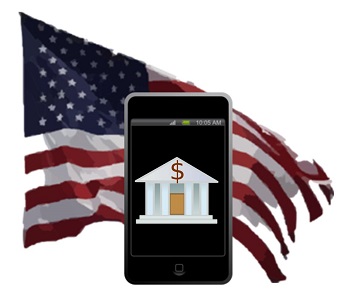This type of transaction for iPhone users has now been integrated into the InstaMed network.
At the same time that a growing number of people are using mobile apps to help them to keep tabs on their health and fitness habits and progress, it has now been announced that Apple Pay is now integrated into the InstaMed network, which will make it possible for policyholders to pay their health insurance premiums and even their copayments with their devices.
This represents yet another way in which mobile devices are making their way into the health care industry.
This will make it possible for anyone in the InstaMed network to be able to accept mobile payment options through Apple Pay users. This includes the consumer facing apps of health care providers, venders, and payers, alike. That transaction service is currently limited to customers who use the iPhone 6, iPhone 6 Plus, as well as the iPad mini 3, the iPad Air 2, and – very shortly – the Apple Watch. The goal is to help to reduce the confusion associated with paying this sort of bill and to make it more simple and convenient for customers.
Apple Pay is considered to be an exceptionally innovative mobile payments technology.
 This helps to explain why it was the mobile payment program of choice for this network’s initial integration of the tech. According to the co-founder and CTO of InstaMed, Chris Seib, “Approximately 20 percent of consumers have unpaid health care bills as a result of confusion in the payments process. This will only grow as more and more consumers continue to enroll in high deductible health plans.”
This helps to explain why it was the mobile payment program of choice for this network’s initial integration of the tech. According to the co-founder and CTO of InstaMed, Chris Seib, “Approximately 20 percent of consumers have unpaid health care bills as a result of confusion in the payments process. This will only grow as more and more consumers continue to enroll in high deductible health plans.”
Seib went on to explain that a technology as innovative as Apple’s mobile payments system has the capability to help to “resolve consumer confusion and rising bad debt” that has become highly problematic within the health care industry. He praised the security, simplicity and privacy of this payment process.
He also pointed out that beyond Apple Pay, mobile payments as a whole “are expected to reach $142 billion by 2019.” Therefore, he feels that it is important for the health care industry to leverage exactly this type of solution in order to be able to continue to meet the needs of consumers.

 The general population may not be seeing a rapid growth, but when taking a more focused look at the people who actually have the devices, there was a rate of increase of 6 percent, compared to the tiny 1 percent seen by the general population.
The general population may not be seeing a rapid growth, but when taking a more focused look at the people who actually have the devices, there was a rate of increase of 6 percent, compared to the tiny 1 percent seen by the general population.